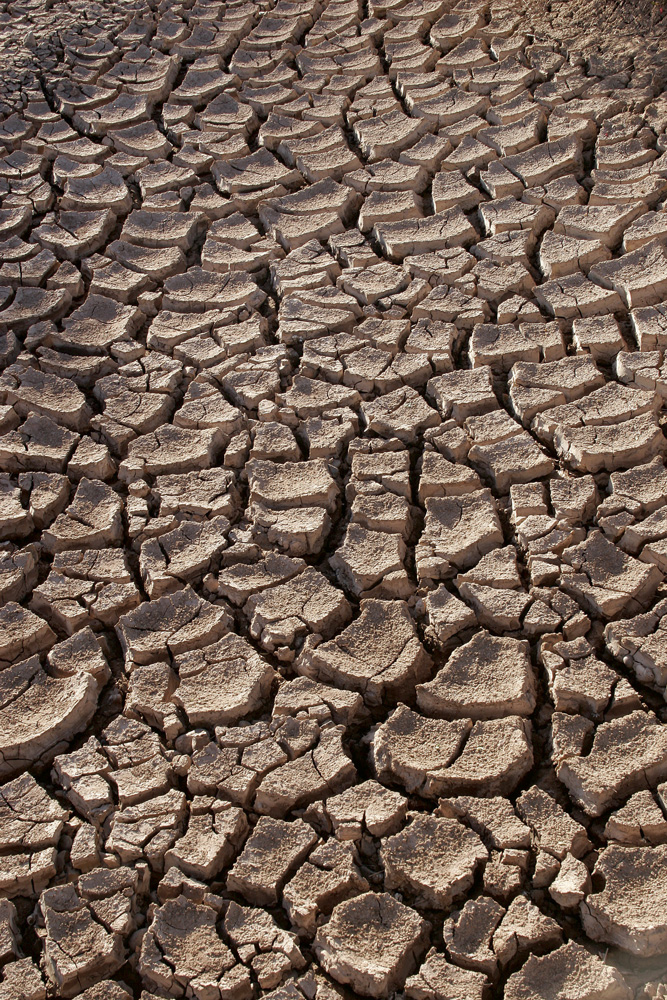
Arturo Samaniego
As the old saying goes, it is always darkest before the dawn. But is it also always driest before the storm? According to a new research published in the Science Advances journal on October 5th, the likelihood has increased that the southwestern United States is at the start of a phenomenon known as a megadrought.
The study, “Relative impacts of mitigation, temperature, and precipitation on 21st-century megadrought risk in the American Southwest” states that a megadrought is “comparable in severity to the worst droughts on record, but with a longer duration.”
That “longer duration,” as the research suggests, can stretch for multiple decades. Some publications, such as Science News, predict that the situation in the southwest U.S. could be a drought “that lasts more than 35 years.”
We have no comparison for this type of event or the potential impacts of a long lasting drought. The study only underscores one of the points established by the research, that a mass amount of stress will be placed on already limited water resources in the southwestern United States. Severe restrictions would need to be placed on Californians’ lifestyles.
This news is alarming for Californians, who became particularly concerned about water when Governor Jerry Brown declared the drought to be a state of emergency in January 2014. Even in the past two years we have seen luscious grass turn barren brown, once filled reservoirs dissipate into vacant voids, and water consumption drastically reduced.
Now you may be asking yourself how exactly have we reached this point, and what can we do to mitigate our chances of being encapsulated in a multi-decade megadrought. As with many of our recent ecological problems, our increased chances for a megadrought have been traced back to changing conditions of our environment.
As stated in the Science Advances article, “business-as-usual emissions of greenhouse gases will drive regional warming and drying”. The smog of cities like L.A. perpetuates the drought and causes continual warming as well as drying. This spells troubling news as the extensive amount of research shows, “regional temperature increases alone push megadrought risk above 70%, 90%, or 99% by the end of the century.”
This same driving force for the occurrence of a megadrought is repeated in the Science News, alongside information that megadroughts have “occurred in other parts of the world, and they have been linked to the demise of several pre-industrial civilizations.” Mesopotamia no longer has the Tigris and Euphrates Rivers; Californians barely have anything left in the Colorado River.
These articles, though offering a somewhat bleak outlook on the current trajectory we are on, do offer some words of reassurance. Both claim that through combating the driving forces by reducing emissions, we can cut the chances of a megadrought. This battle first begins with aggressively reducing global greenhouse gas emissions, as the Science Advances research states that these reductions “cuts megadrought risks nearly in half.”
The research published by Science Advances shows, “changes in the mean hydroclimate state, rather than its variability, determine megadrought risk in the American Southwest.” In other words, any change in the water cycle, such as moving billions of gallons into new locations, has a lasting impact on the entire water system.
Only able to publish findings if their data is meticulously checked over by a team of other researchers, the Science Advances article is limited and “estimates of megadrought probabilities based on precipitation alone tend to underestimate the risk.”
Overall the research concludes that increased rainfall alone will not prevent the possibility of an ecosystem collapse. Instead, an increase in awareness and response by the California public is required if this megadrought is to be avoided.










